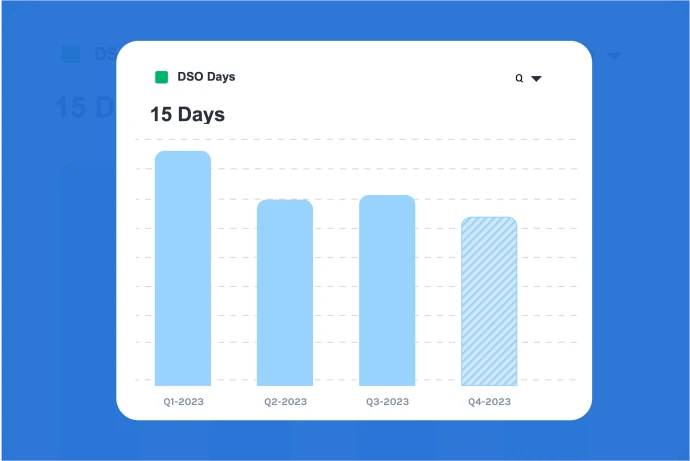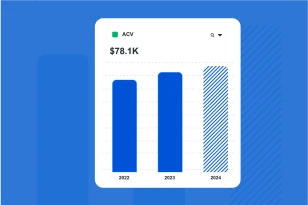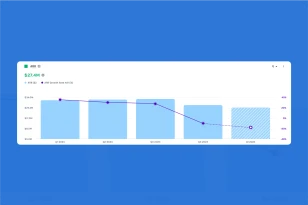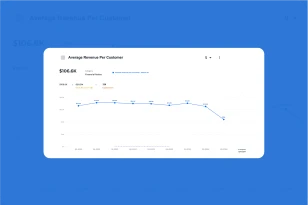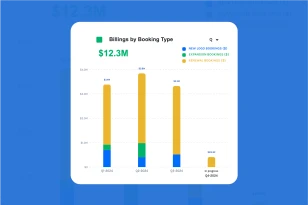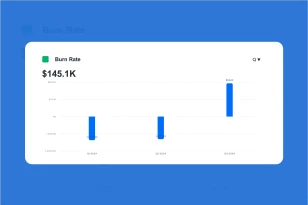What is DSO?
Days Sales Outstanding (DSO) is a financial metric that measures the average number of days it takes for a company to collect payment from its customers after a sale has been made. DSO is a key indicator of a company’s efficiency in managing its accounts receivable and cash flow. It is calculated by dividing the average accounts receivable by the average daily sales and multiplying by the number of days in the period.
Why is DSO an Important Metric to Monitor?
DSO is important for assessing a company’s efficiency in managing its accounts receivable and its overall liquidity.
A lower DSO indicates that a company is collecting payments more quickly and efficiently, which is generally a positive sign. Conversely, a higher DSO suggests that the company takes longer to collect payments, which may indicate potential issues with cash flow and accounts receivable management.
DSO can be a useful metric for monitoring the effectiveness of a company’s credit and collections policies, identifying potential cash flow problems, and evaluating the quality of its customer base. It is often used in conjunction with other financial metrics to assess the overall health of a business.
How do you Calculate DSO?
The formula to calculate DSO is:
DSO Formula
(Accounts Receivable / Total Revenue ) * Number of Days in the Period
Here’s a breakdown of the components:
- Accounts Receivable: This represents the total amount of money that customers owe to the company for products or services that have been delivered but not yet paid for. It is found on the company’s balance sheet.
- Total Revenue: Also known as gross revenue or sales revenue, is the overall amount of money generated by a business from its primary operations over a specific period of time.
- Number of Days in the Period: This is the time frame for which you want to calculate DSO. It is typically a month, quarter, or year, depending on the reporting needs of the company.
How to Improve DSO
Improving Days Sales Outstanding involves strategies that accelerate the collection of payments from customers.
- One approach is to implement efficient and timely invoicing processes. Sending out invoices promptly and ensuring that they are accurate and clear can expedite the payment process.
- Offering discounts for early payments can incentivize customers to settle their invoices sooner, reducing the overall DSO. Conversely, implementing penalties or interest charges for late payments may encourage customers to make payments within the agreed-upon terms.
- Regularly reviewing and monitoring customer credit terms and payment histories can help identify potential risks and allow for proactive measures to prevent delays in payments. Implementing robust credit policies and conducting credit checks on new customers can also contribute to reducing the risk of late payments.
- Automation of accounts receivable processes, including the use of electronic invoicing and online payment systems, can streamline the payment collection process and reduce the likelihood of errors or delays.
In summary, improving DSO requires a combination of efficient processes, customer incentives, and proactive credit management to ensure timely and consistent cash inflows from sales.
